
2 Weeks in Brazil
By Tammy F. Ramsdell
He was raised in West Point, Mississippi, but as the son of two educators, Kenyatta Stewart, a Jackson State University art professor, always has been keenly aware of a world much bigger than the small town he grew up in.
And it’s an awareness that he wanted to share with students. So he set his sights on creating his own hybrid study abroad program to Brazil two years ago.
“Some of our students have never been out of the state, let alone the country. I wanted to open their eyes to what’s out there,” said Stewart, who spent 15 years in the commercial design and broadcast industry before joining JSU. “I wanted to give them a global perspective … they need to realize they are competing these days in a global market.”
While many study abroad programs — especially in the art world —revolve around Western Europe, Stewart took a decidedly different approach, choosing Rio de Janeiro and Salvador as focal points.


This summer, he is returning to Brazil — Salvador Da Bahia to be exact — with another group of students as part of JSU’s new faculty-led Passport to the World program.
“Salvador, the first capital of Brazil, was the destination of African slaves during the transatlantic slave trade,” he said, explaining his choice for the 2013 trip. “With its heavy African influence, it’s considered the cultural heart of Brazil.”
Choosing a destination, however, was only a starting point. Site visits, which Stewart in part funded out of pocket, and months of research preceded the actual 2013 trip, as did the finalization of studies — two weeks abroad and two weeks on campus with courses in computer graphics and Web design.
The nine students who went were equipped, through the university, with iPads for research and related course work.
Stewart is quick to emphasize the “study” aspect of the program.
Although many unfamiliar with the field still see art as an easy, even sometimes expendable, pursuit as compared to math and science, for example, it is anything but.
“Art is more than pretty pictures,” he said, characterizing its study and commercial implementation as a “visual science” requiring both analytical thinking and creative problem solving. In fact, the students’ fields of study included not only graphic design, but biology and computer science as well.
It is against this backdrop that visits were made to dozens of historical sites, schools, churches, museums and open-air markets.
The beaches were dazzling and the scenery beautiful, said Stewart, but it was a visit to a favela (slum) in Salvador that made one of the biggest impressions.
“There was a dialogue between these kids in the favela and our students,” said Stewart, “and they were in awe of seeing not one but nine college students in front of them who looked just like them.”
Although college is free in Brazil, the public education system is so lacking (four hours a day for those who do attend), that the ability to pass a college entrance examination is nearly impossible.
“To them, being a college student is likened to winning a lottery,” said Stewart.
“That was just one instance of many that changed our
students’ perspective, to see what opportunities they have
and to take advantage of them.” ONEJSU
Photos, opposite page: Women in Pelourinho, the historical district of Salvador, dress in traditional Afro-Brazalian clothing. Above, clockwise from top left: JSU students visit Mestre Bimba’s Capoeira school; Capoeira is a Brazilian martial art that combines elements of dance, acrobatics and music; the Selaron Stairs, created by Chilean artist Jorge Selaron; Christ the Redeemer, the world’s largest Art Deco statue of Jesus Christ, in Rio de Janeiro; artwork on the street of Pelourinho; and a TV station interview with JSU student Cammrynn Stith about the then-upcoming World Cup.



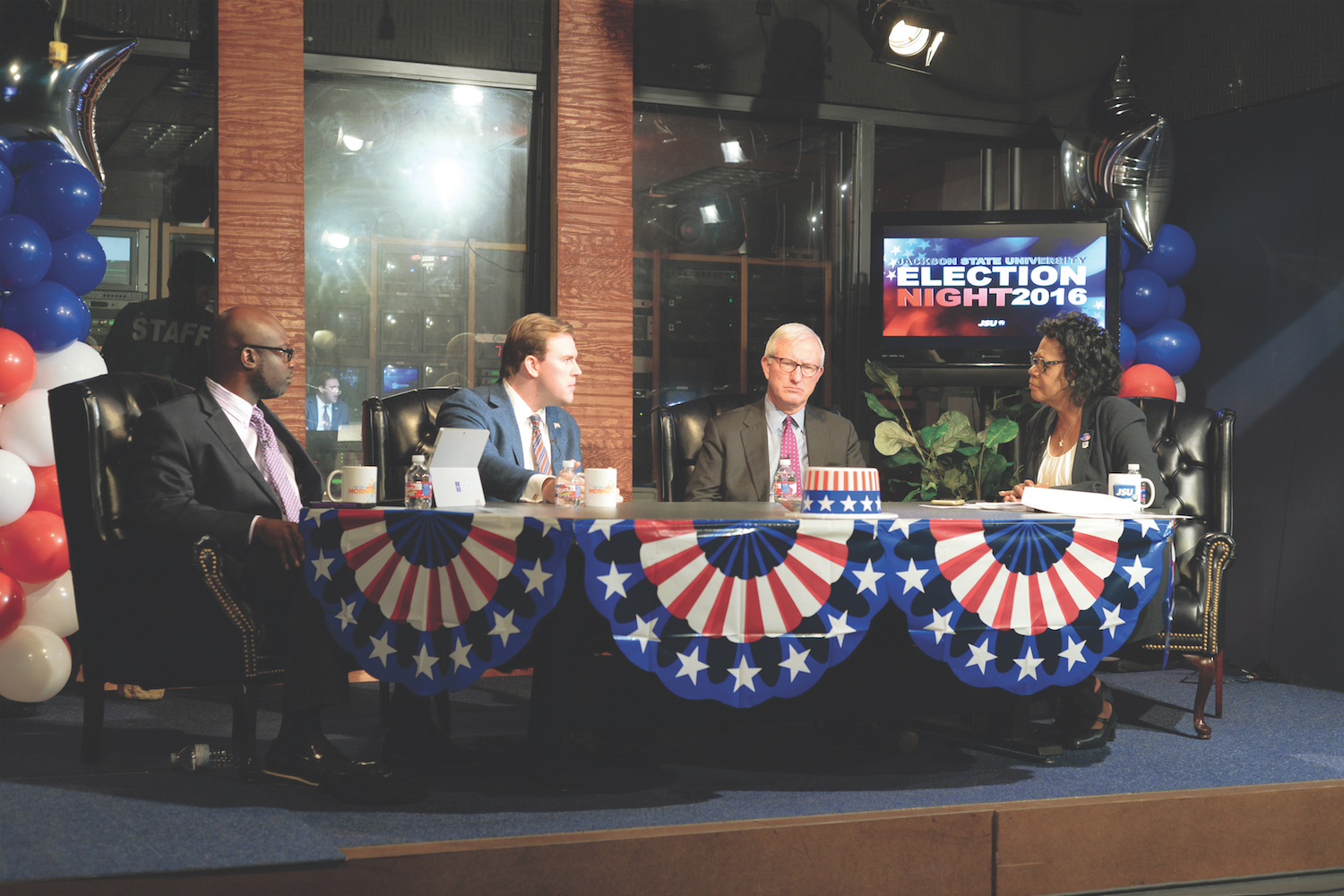
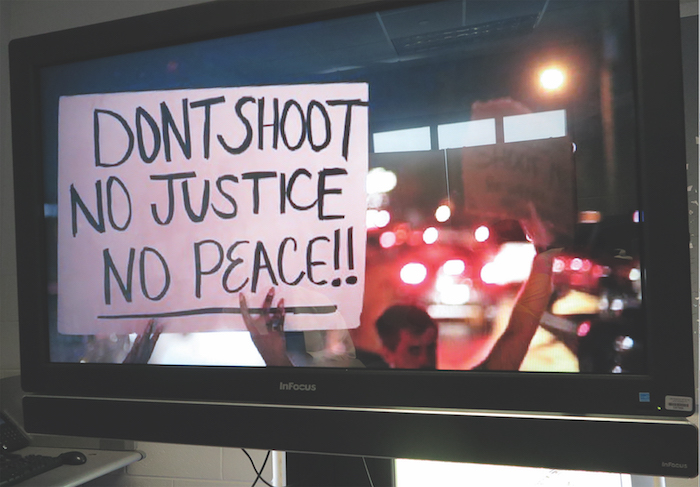
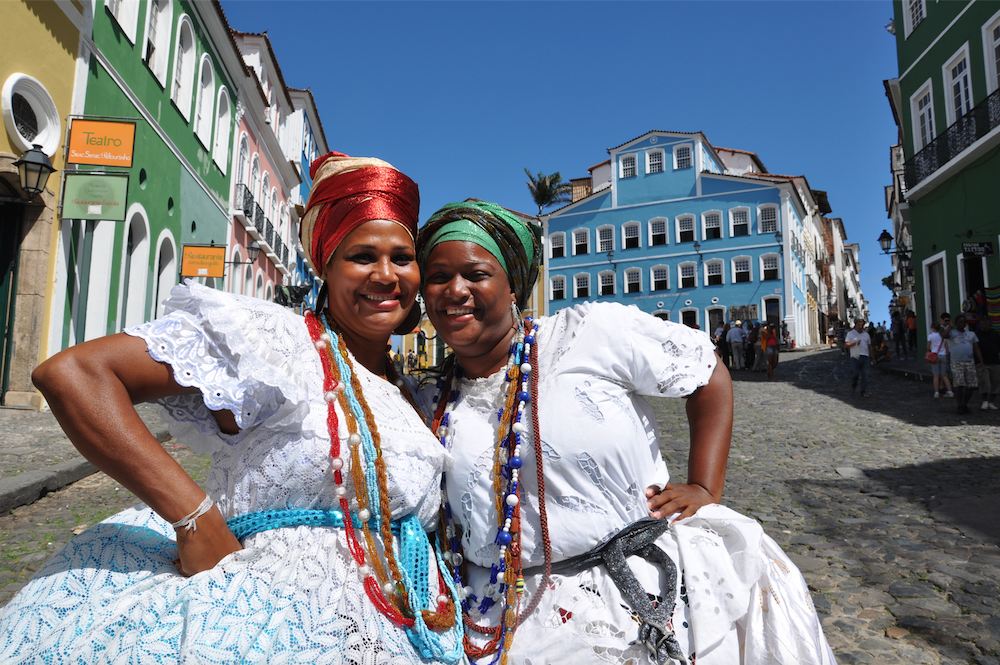


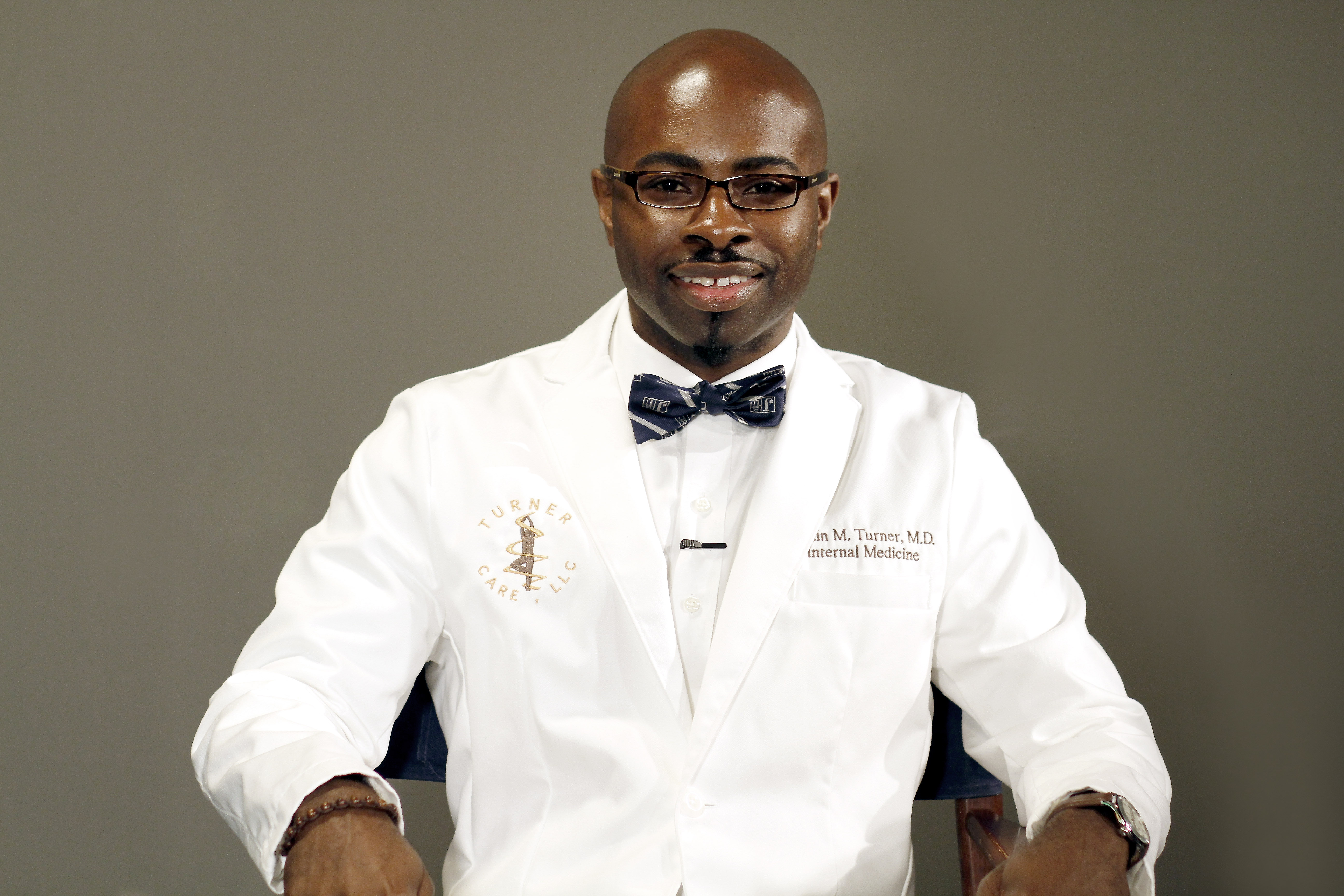
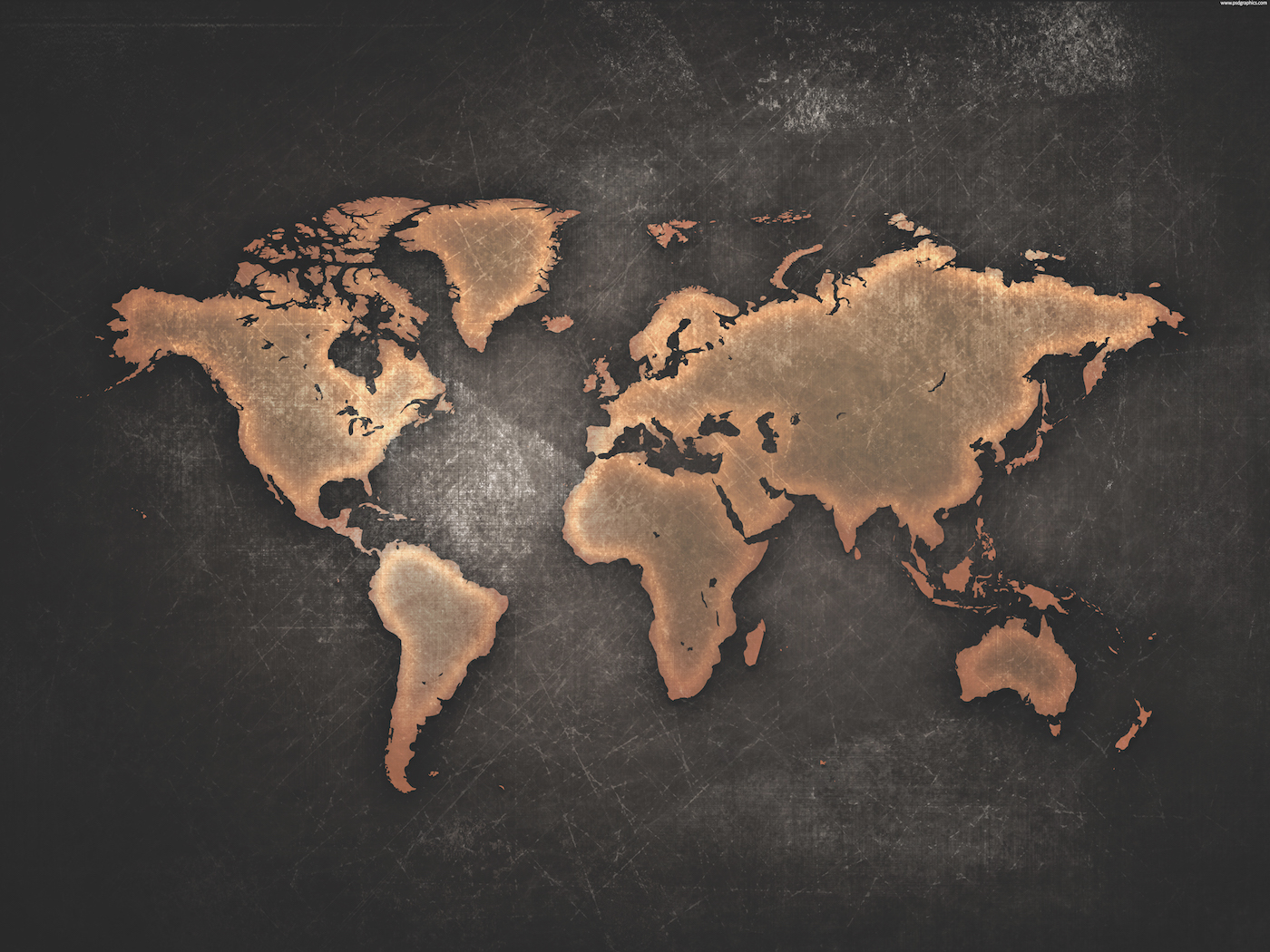
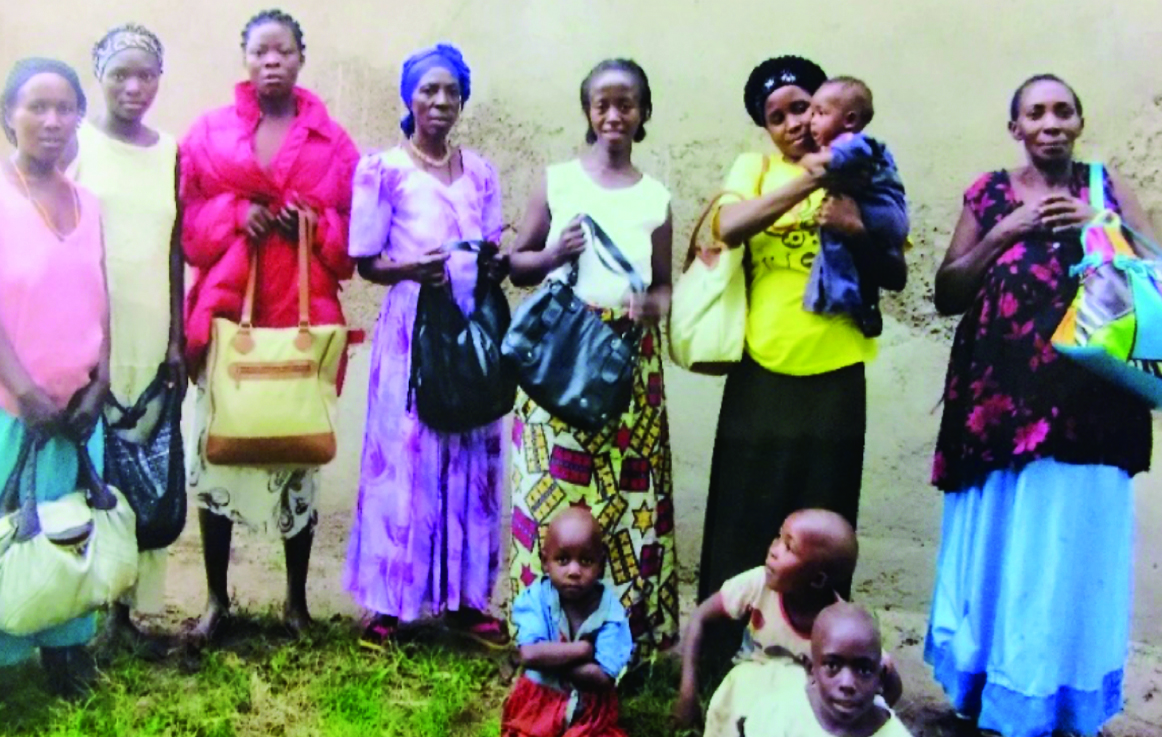
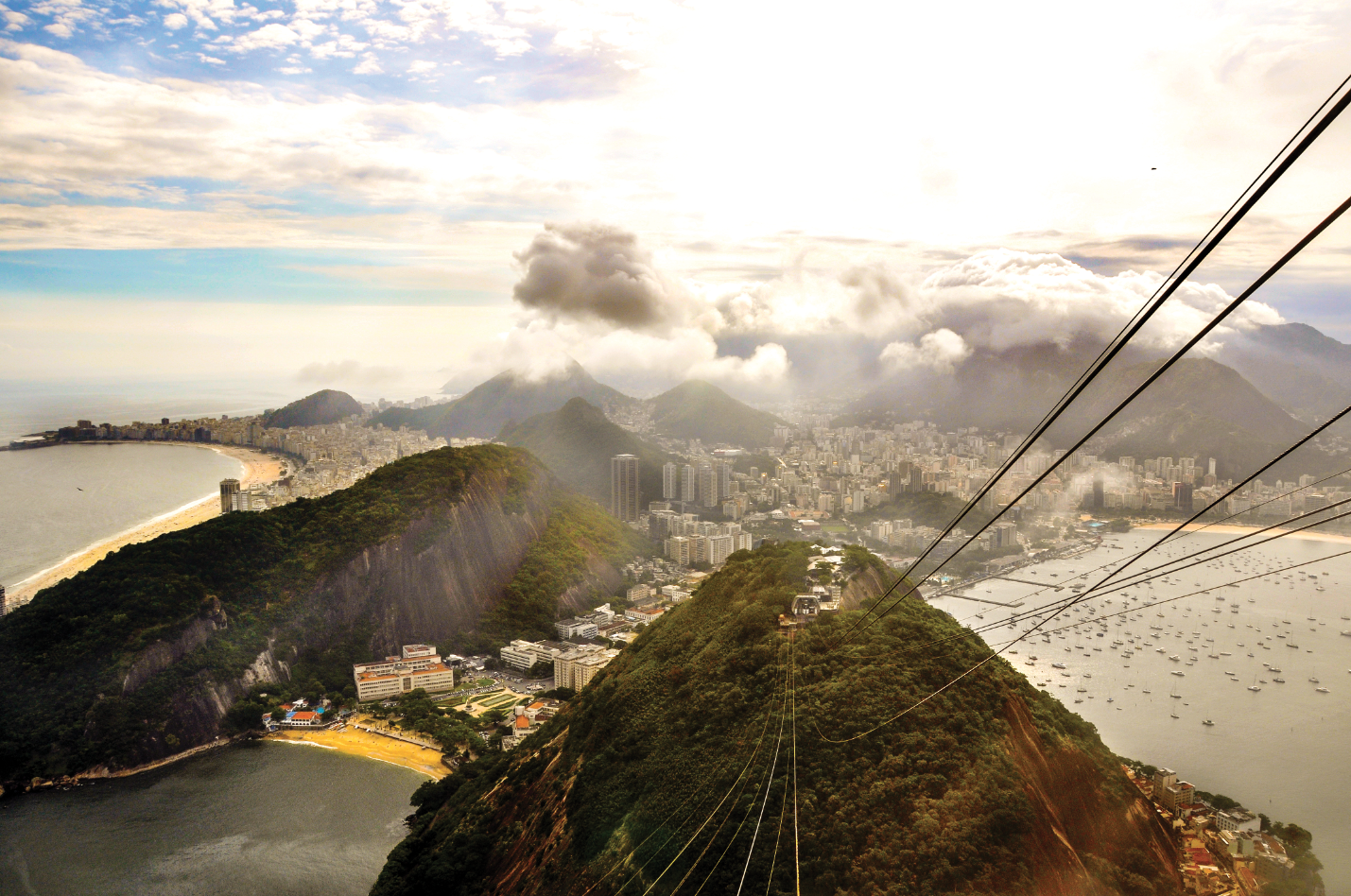
Leave a Reply